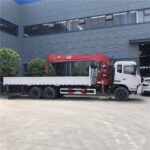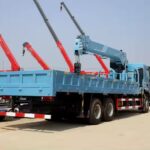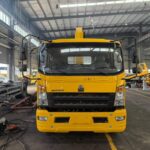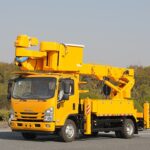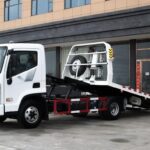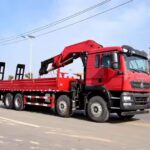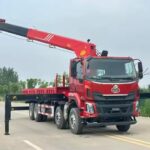Installing hydraulic motors in flatbed tow trucks requires meticulous attention to detail to ensure proper operation and longevity. Key considerations include:
Alignment and Connection:Ensure that the motor’s drive shaft is properly aligned with other mechanical components. If alignment cannot be achieved, use flexible couplings. Motors not designed to handle radial forces should not have pulleys or other transmission components directly mounted on their shafts. For instance, a YE-160 belt conveyor drive motor experienced faults due to such issues. The motor’s sprocket, connected to the hydraulic motor on the tow truck, drove the conveyor belt rollers, resulting in problems.
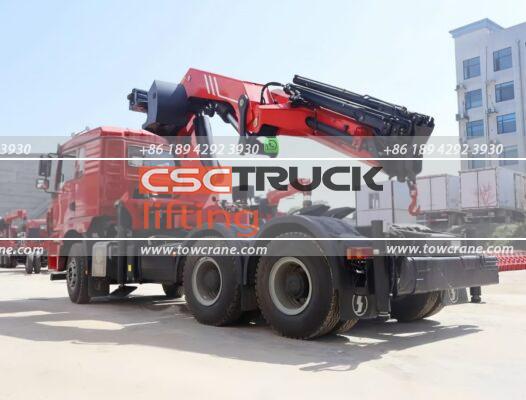
Oil Leak Issues: Frequent oil leaks are a common problem, often arising within months of seal replacement. In environments with strict regulations, such as airports, these leaks can lead to costly and time-consuming repairs. In one case, the radial force from the chain drive deformed the oil seal, causing leaks. Proper maintenance and timely seal replacements are crucial to prevent such issues.
Hydraulic Motor Chain Drive for Flatbed Tow Trucks
The hydraulic motor’s oil return line should be clear and free from back pressure. If the return line is long or back pressure is necessary, it should not exceed the limits allowed by low-pressure seals. The motor casing must remain filled with oil to prevent complete drainage back into the tank when the motor is off. Motors that have been idle for a while should be run empty before operating under load to prevent damage.
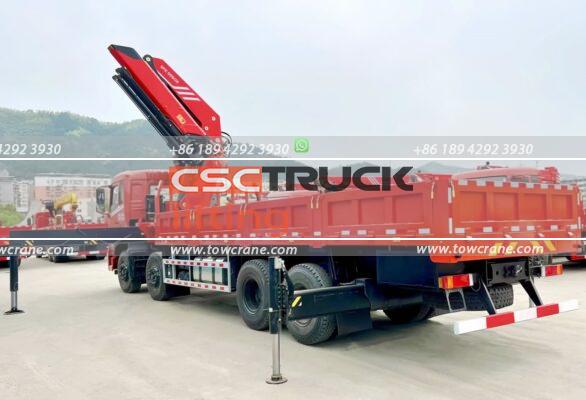
Maintenance Tips for Flatbed Tow Truck Hydraulic Motors
1. Adhere to Speed and Pressure Limits: Ensure that the motor operates within its specified speed and pressure ranges to avoid damage.
2. Back Pressure for Low-Speed Motors: Low-speed motors, especially internal gear types, require sufficient back pressure at the return port. Typically, this should be between 0.3 to 1.0 MPa. Higher speeds necessitate higher back pressure to prevent disengagement of rollers, which can lead to noise, reduced lifespan, or damage.
3. Avoid Sudden Load Changes: Sudden starts or stops under load can cause pressure spikes that the relief valve may not handle effectively, potentially damaging the motor.
4. Use Proper Lubricants: Ensure that lubricants used have good safety performance and that the oil grade is appropriate for the system.
5. Monitor Oil Levels: Regularly check the hydraulic oil level to avoid system failures due to oil loss, which can introduce air into the system and cause damage.
6. Maintain Oil Cleanliness: Keep hydraulic oil clean to prevent failures related to contaminants, solid particles, overheating, water, and air. Regular oil changes and filtration are essential.
7. Detect and Address Faults Early: Pay attention to changes in sound, vibration, and temperature. Rattling noises or unusual vibrations may indicate gaps or faulty bearings. Increased temperature can signal potential faults. A gradual decrease in motor power, especially noticeable as the day progresses, may suggest internal leaks or deteriorating seals.
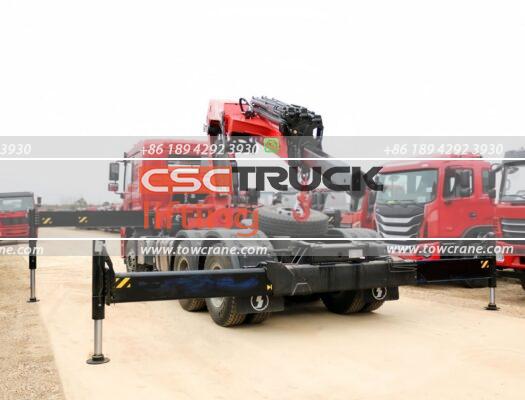
Summary: Proper installation, regular maintenance, and timely repairs of hydraulic motors are crucial for ensuring the efficiency and longevity of flatbed tow trucks. Regular inspections and adherence to maintenance protocols will help avoid common issues and extend the motor’s service life.


